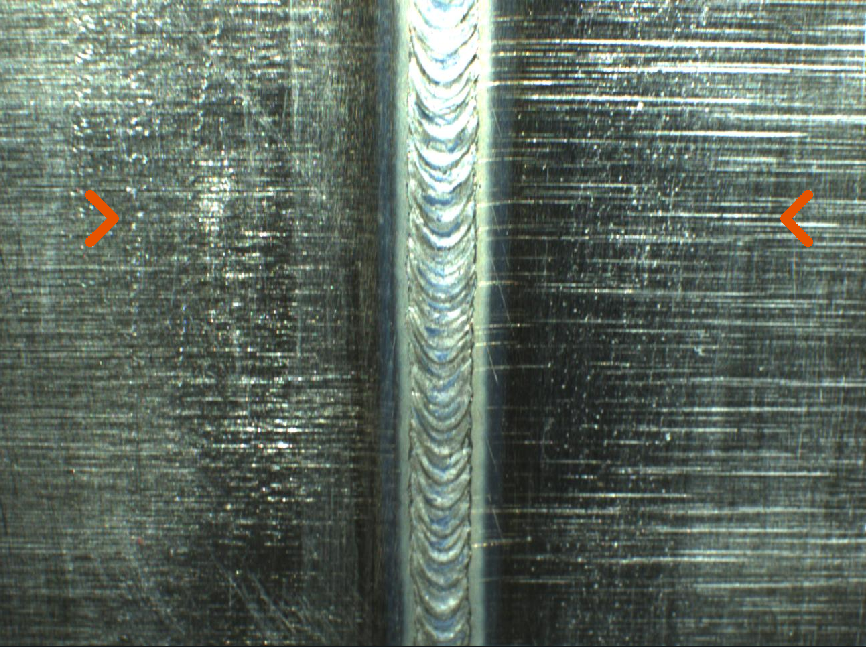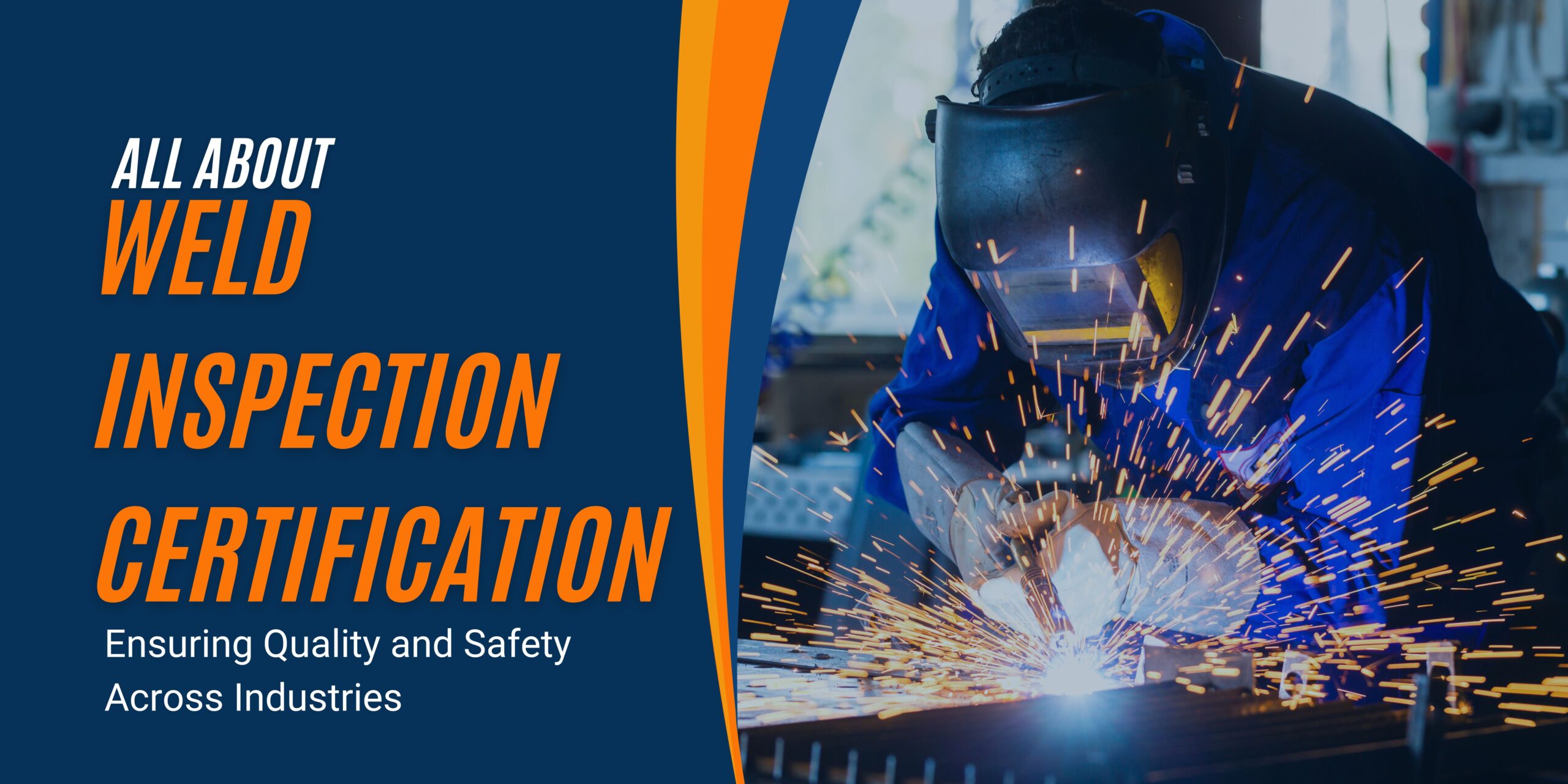The Ultimate Overview to Welding Inspection Racine for Industrial Specifications
The Ultimate Overview to Welding Inspection Racine for Industrial Specifications
Blog Article
Cutting-edge Strategies to Fillet Weld Evaluation and Screening: Enhancing Weld Quality and Compliance Standards
In the realm of welding, the top quality and honesty of fillet welds play a critical function in guaranteeing the architectural sturdiness and reliability of numerous industrial elements. With the continuous drive for boosted performance and compliance with strict criteria, the exploration of innovative methods to fillet weld assessment and screening has come to be imperative. As industries advance, the typical methods may no more be sufficient in fulfilling the needs of modern-day welding applications. By welcoming innovative innovations and approaches, a new perspective of opportunities emerges in the world of weld high quality assessment and adherence to conformity requirements.
Advanced Non-Destructive Screening Techniques
Making use of advanced technologies, advanced non-destructive screening methods play a critical role in making certain the honesty and top quality of fillet welds. These techniques, such as phased selection ultrasonic testing (PAUT) and magnetic bit screening (MPT), offer comprehensive insights right into the weld's interior structure without causing any type of damages to the material. PAUT, as an example, utilizes multiple ultrasonic aspects to evaluate the weld from various angles, offering a thorough visualization of possible defects like lack of combination or cracks.
In A Similar Way, MPT is effective in discovering surface-breaking defects by using an electromagnetic field and iron particles to the weld area. This approach is especially beneficial for determining suspensions that might jeopardize the weld's stamina. By using these innovative non-destructive screening techniques, weld assessors can precisely assess the top quality of fillet welds, guaranteeing conformity with sector criteria and policies. The capacity to discover defects early on not only improves weld high quality but also avoids expensive rework or failures in architectural honesty, underscoring the value of these cutting-edge screening strategies in welding inspections.
Robotics and Automation in Evaluation
The integration of robotics and automation has revolutionized the inspection procedure for fillet welds, improving performance and accuracy in high quality evaluation. Robotics supply specific control and repeatability in examining welds, ensuring dependable and regular results. Automated systems can be set to adhere to specific assessment paths, ensuring comprehensive coverage of welds and lowering the risk of human mistake.
Robot inspection systems outfitted with advanced sensing units can detect and determine weld attributes with high precision, providing detailed information for analysis. These systems can identify issues such as cracks, lack of blend, and porosity, enabling prompt restorative activities to be taken. Additionally, robotics and automation enable for real-time information collection and evaluation, providing instant comments to drivers and facilitating quick decision-making processes.
In addition, the use of robotics and automation in fillet weld evaluation enhances overall efficiency by reducing inspection times and increasing evaluation throughput. By enhancing the examination procedure, suppliers can make sure weld top quality and conformity criteria are met efficiently, ultimately resulting in cost financial savings and improved item high quality.
Using Expert System for Evaluation
Fabricated knowledge plays a pivotal function in improving the performance and accuracy of evaluation in fillet weld assessment processes. By taking advantage of the power of AI, assessors can simplify the analysis of weld top quality and compliance standards, resulting in more reputable and exact results. AI directory formulas can quickly refine substantial amounts of information from weld examinations, discovering problems or variances that might be challenging to identify with the nude eye. This sophisticated modern technology makes it possible for real-time surveillance of weld top my sources quality, permitting for prompt rehabilitative activities to be taken if any type of concerns are discovered.
Additionally, AI systems can find out from previous assessment data, continuously improving their capability to recognize prospective problems and deviations in fillet welds. This flexible understanding capability improves the general quality control procedure, reducing the probability of human mistake and making sure that welds satisfy the called for requirements. By incorporating man-made knowledge into fillet weld analysis, industries can accomplish greater degrees of performance, consistency, and compliance in their inspection methods.
Portable Devices for On-Site Assessment
 Enhancing area inspection efficiency, the fostering of portable devices reinvents on-site assessment processes for fillet welds. These devices use flexibility and convenience, permitting examiners to carry out complete evaluations in numerous places, consisting of remote or challenging environments. Mobile tools such as ultrasonic screening gadgets, magnetic particle inspection equipment, and electronic radiography systems give real-time data and high-resolution imaging abilities, enabling fast decision-making and instant responses on weld top quality.
Enhancing area inspection efficiency, the fostering of portable devices reinvents on-site assessment processes for fillet welds. These devices use flexibility and convenience, permitting examiners to carry out complete evaluations in numerous places, consisting of remote or challenging environments. Mobile tools such as ultrasonic screening gadgets, magnetic particle inspection equipment, and electronic radiography systems give real-time data and high-resolution imaging abilities, enabling fast decision-making and instant responses on weld top quality.One substantial benefit of portable devices is their capability to streamline evaluation procedures, reducing downtime and enhancing general productivity. Assessors can conveniently deliver these tools to various task websites, getting rid of the requirement for moving heavy equipment or components to off-site centers. Furthermore, check over here the portability of these devices promotes cost-effectiveness by decreasing transport expenses and accelerating assessment timelines.
Furthermore, making use of portable devices for on-site inspection advertises aggressive top quality control measures, as assessors can without delay determine and deal with any type of potential welding issues or inconsistencies. By integrating these ingenious technologies right into on-site evaluation techniques, welding experts can ensure conformity with industry requirements and enhance weld high quality, ultimately causing improved structural honesty and security in numerous welding applications.
Integration of Information Management Equipment
Having actually maximized on-site evaluation processes with the utilization of portable devices, the next phase includes the smooth integration of data administration systems to better enhance effectiveness and information analysis capabilities in fillet weld assessment and screening. Welding Inspection Racine. By integrating data administration systems right into the examination process, companies can enhance data collection, storage space, and evaluation. This combination permits real-time surveillance of weld quality, immediate identification of flaws, and punctual decision-making to fix any issues that may occur throughout the examination procedure
The assimilation of data monitoring systems allows smooth communication between different stakeholders included in the inspection process, cultivating partnership and boosting general top quality control steps. Inevitably, the integration of information management systems serves to boost the standards of fillet weld assessment and screening, guaranteeing conformity with industry guidelines and boosting weld quality.
Final Thought
In conclusion, ingenious strategies to fillet weld inspection and testing have significantly improved weld top quality and compliance standards. Advanced non-destructive testing approaches, robotics, automation, expert system, portable devices, and information monitoring systems have transformed the way weld examinations are conducted. By using these innovations, industries can make certain that welds meet the required high quality requirements and guidelines, inevitably boosting overall effectiveness and safety and security in welding processes.

By using these innovative non-destructive screening strategies, weld assessors can properly examine the top quality of fillet welds, making sure conformity with market requirements and laws. Portable tools such as ultrasonic screening tools, magnetic fragment assessment devices, and digital radiography systems offer real-time data and high-resolution imaging abilities, enabling fast decision-making and instant feedback on weld quality.
Having enhanced on-site inspection procedures via the use of portable tools, the next phase includes the seamless integration of information management systems to even more improve efficiency and data evaluation capabilities in fillet weld evaluation and testing (Welding Inspection Racine). Inevitably, the combination of data administration systems serves to elevate the requirements of fillet weld examination and testing, making sure compliance with sector regulations and improving weld top quality
 In conclusion, cutting-edge approaches to fillet weld inspection and testing have dramatically enhanced weld quality and compliance standards.
In conclusion, cutting-edge approaches to fillet weld inspection and testing have dramatically enhanced weld quality and compliance standards.Report this page